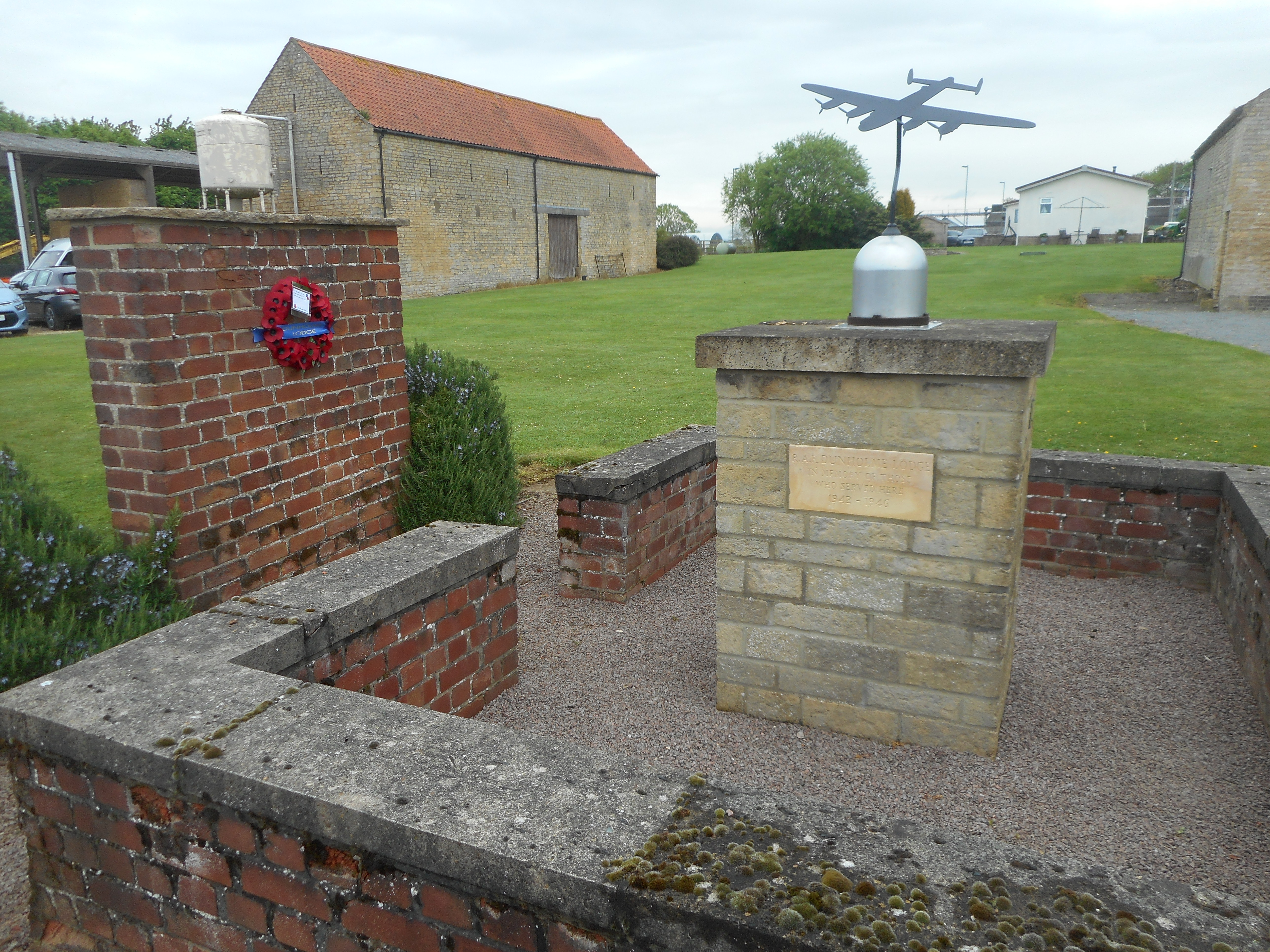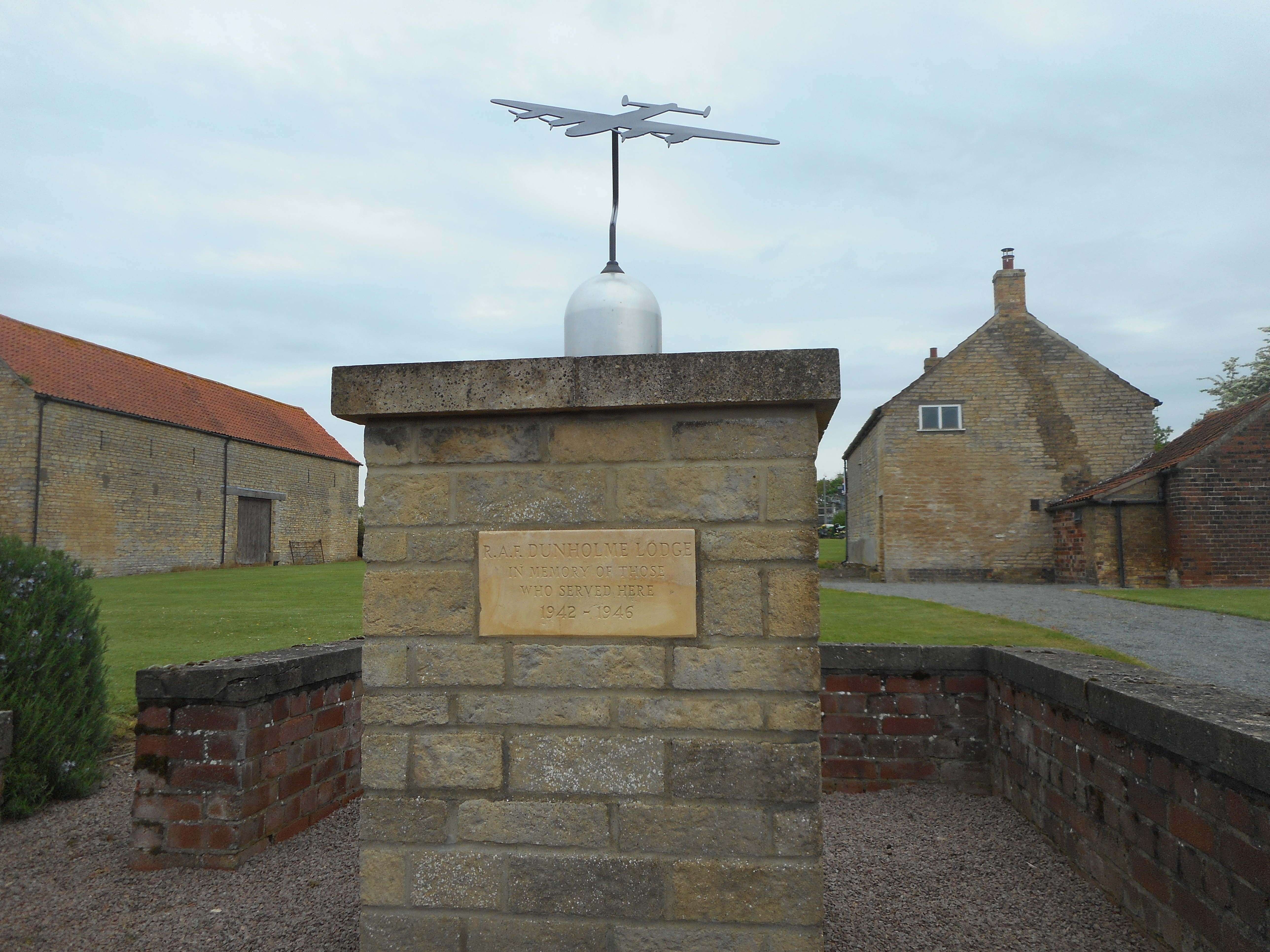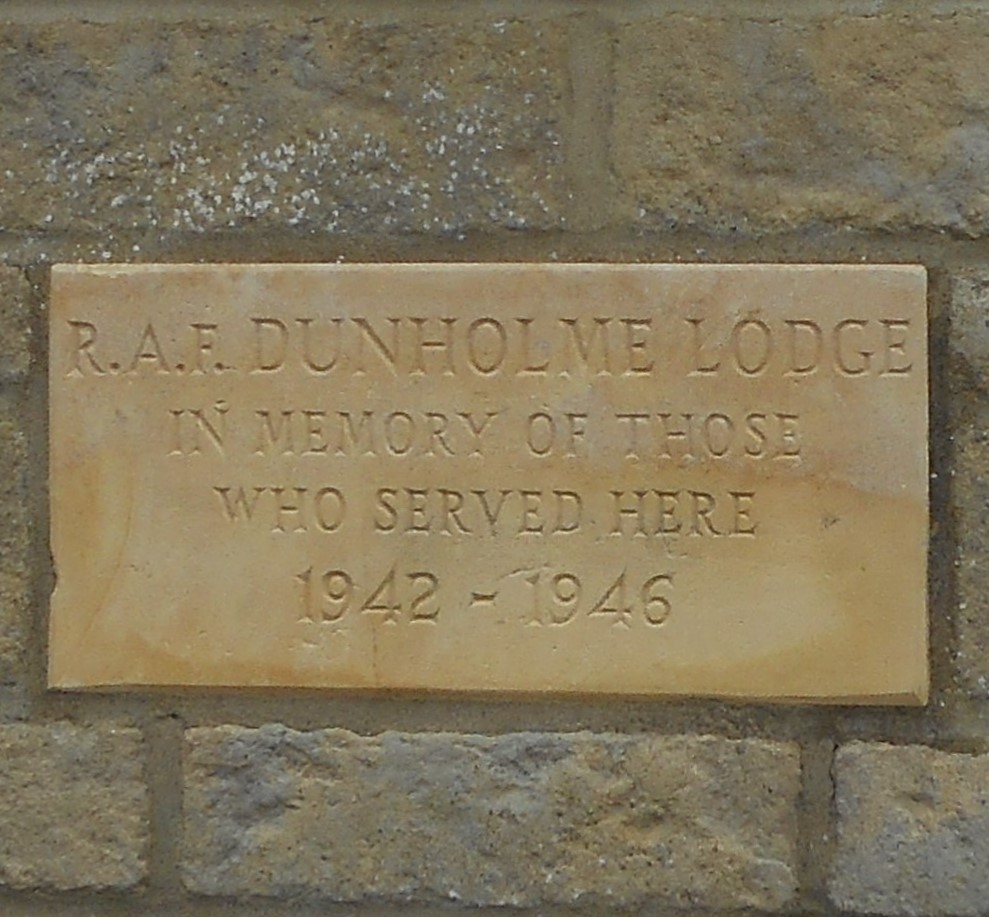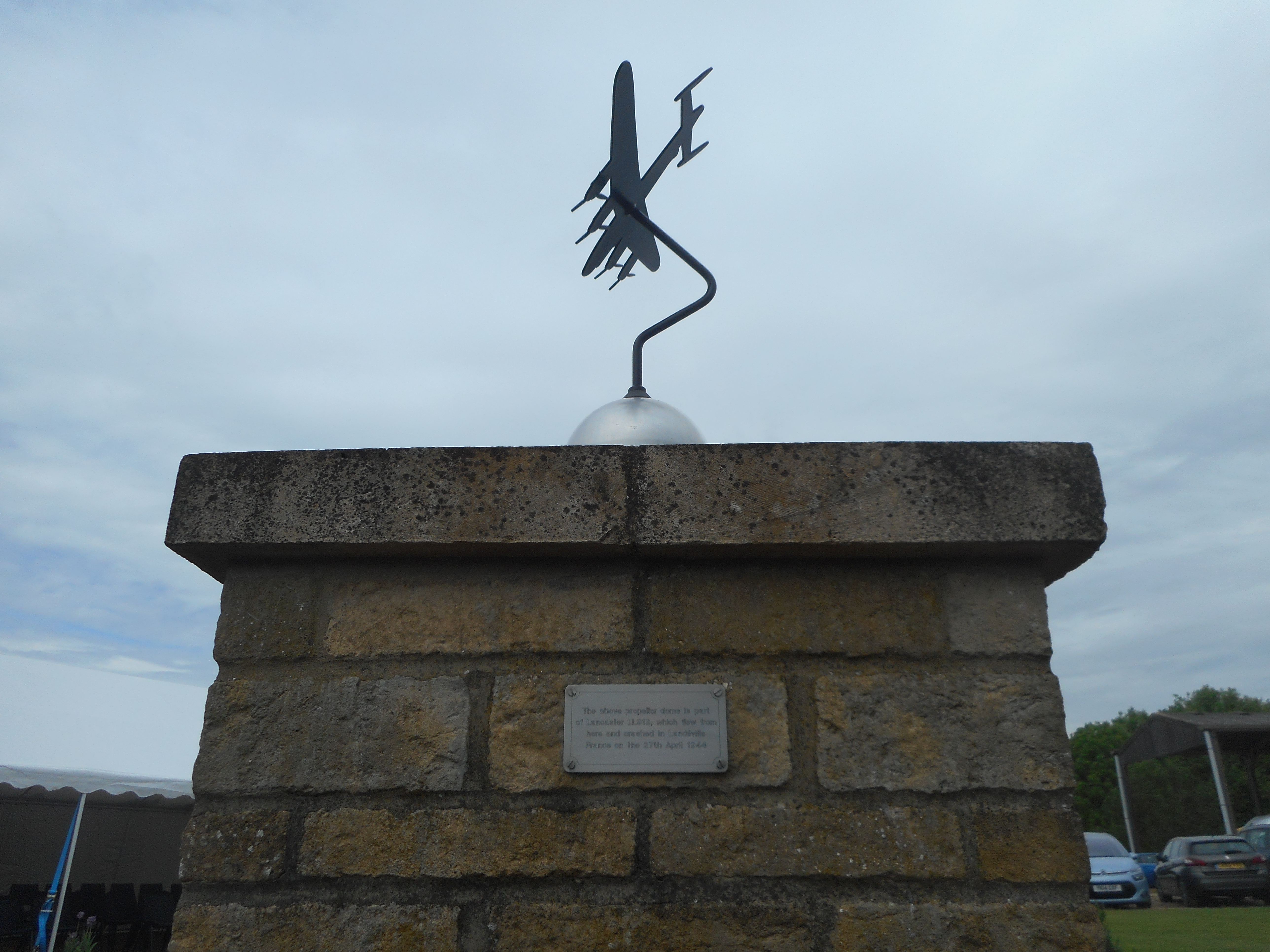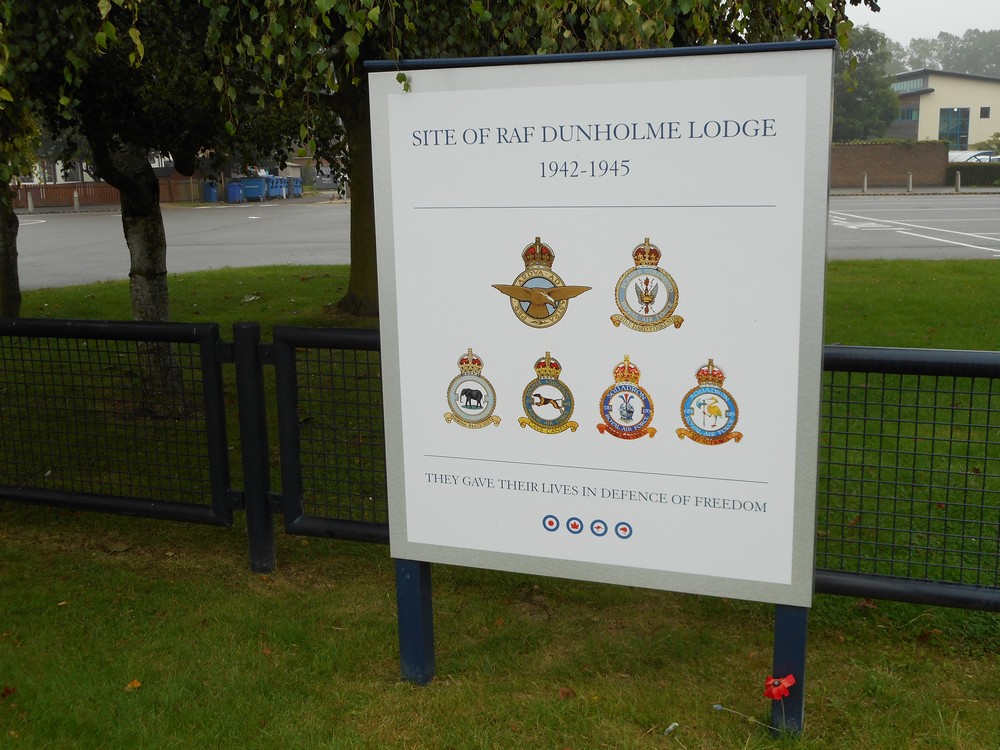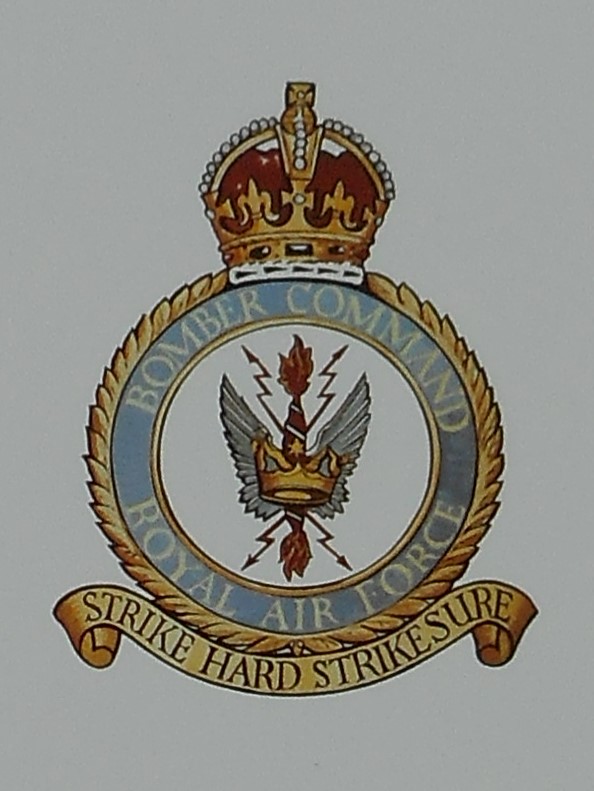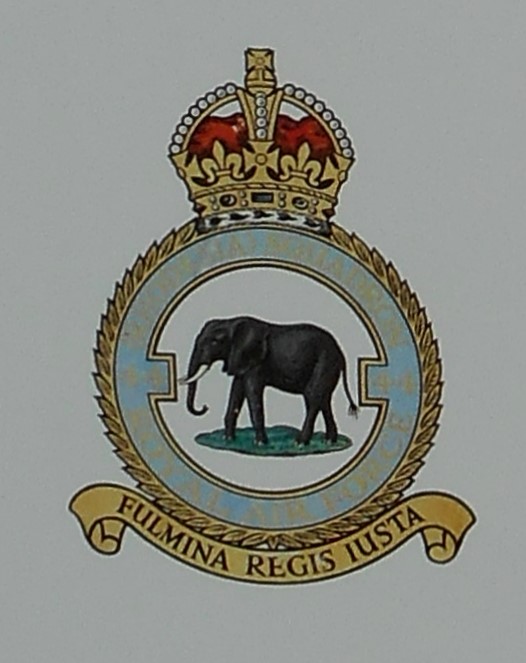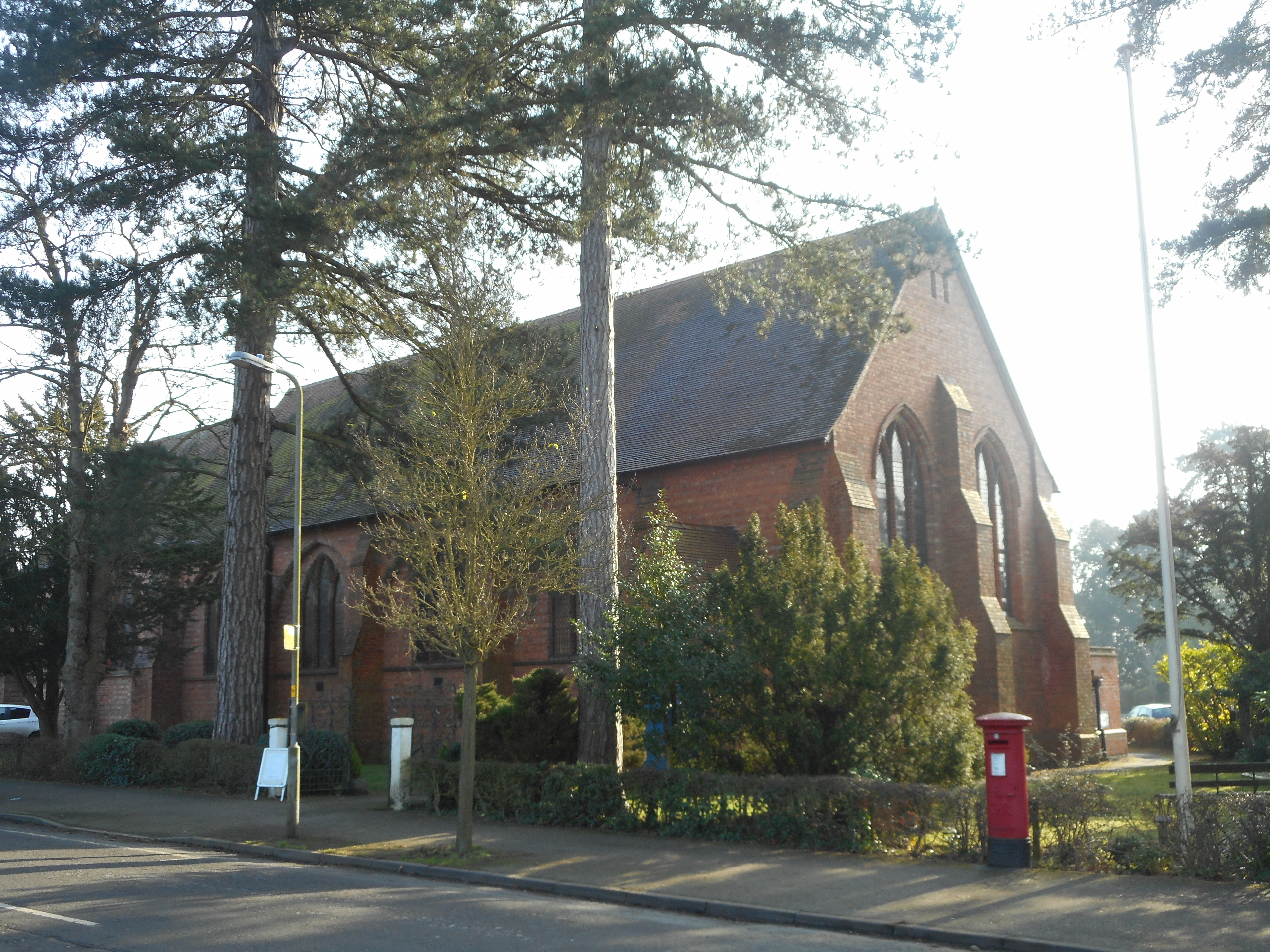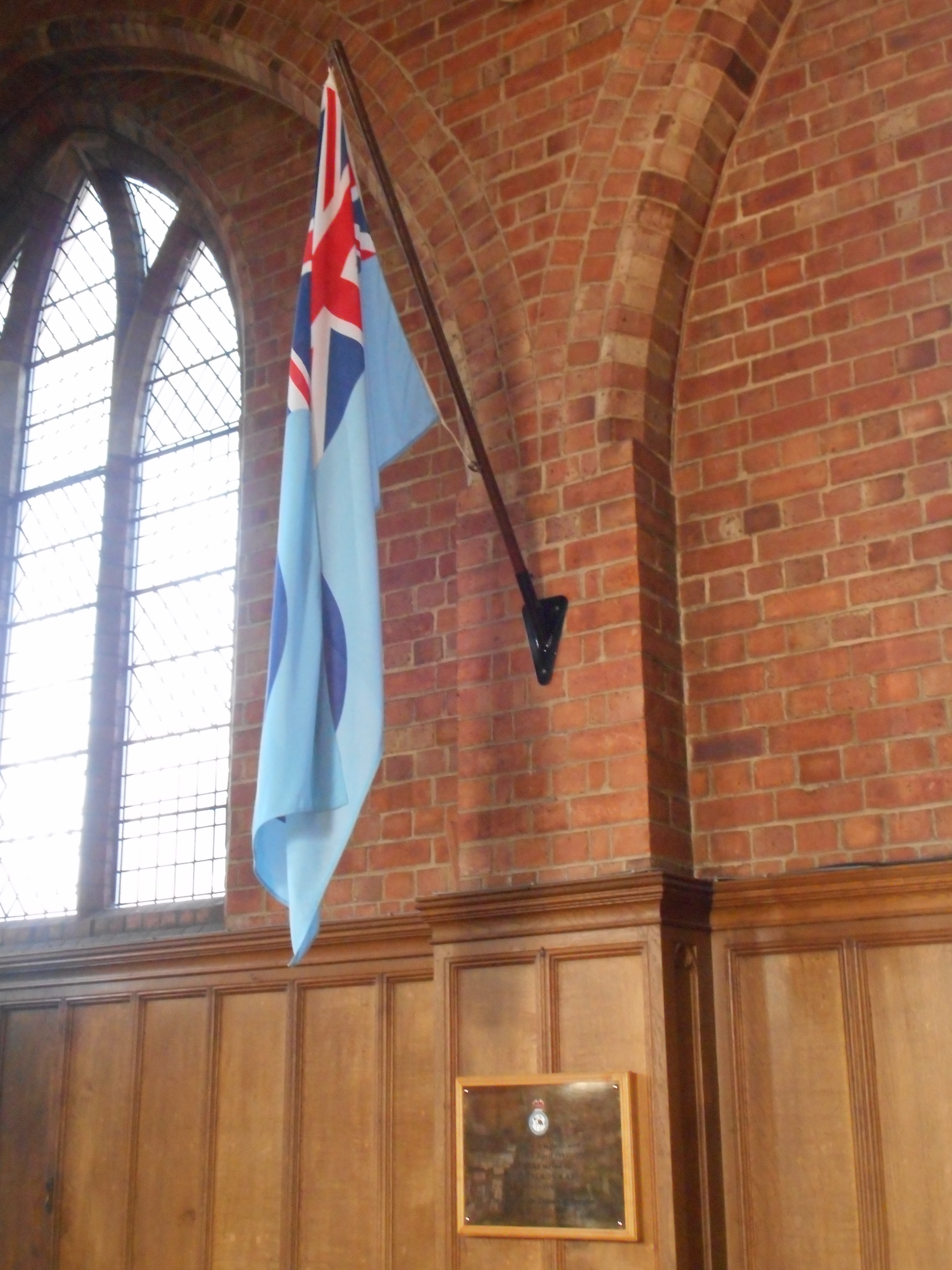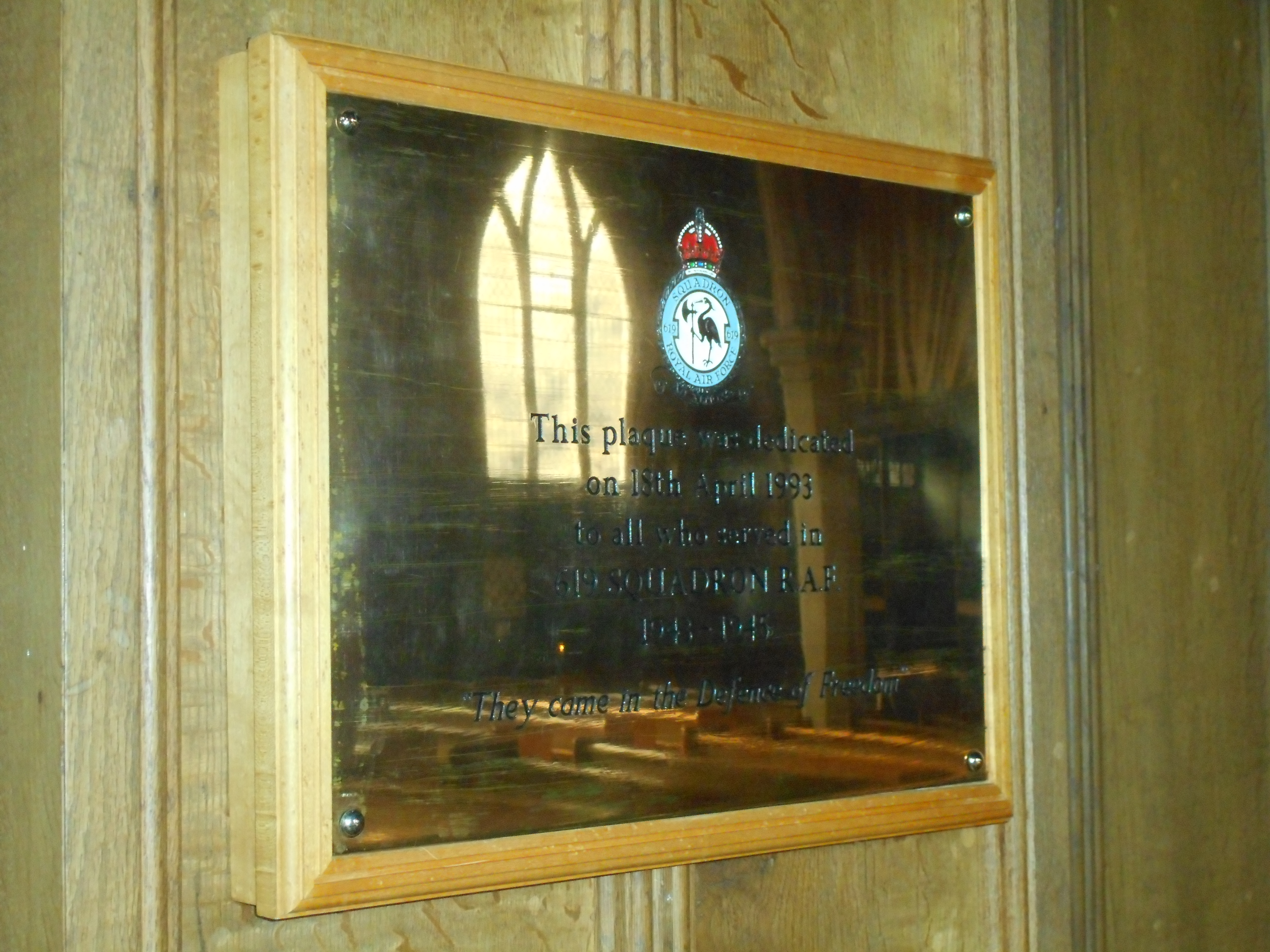Britten, Aubrey Ginders
Personal Information
| Rank | F/O |
| Forename(s) | Aubrey Ginders |
| Surname | Britten |
| Gender | M |
| Age | 29 |
| Date of Death | 19-07-1944 |
| Next of Kin | Son of Edward Horsnett Britten and Sarah Dorothea Britten (née Phelp), originally of Taplow, Buckinghamshire, England. Husband of Gladys Victoria Britten (née Johnson) whom he married on 2 August 1941 at Edmonton, Alberta. |
Aircraft Information
| Aircraft | Avro Lancaster III |
| Serial Number | LM640 |
| Markings | PG-L |
Memorial Information
| Burial/Memorial Country | United Kingdom |
| Burial/Memorial Place | Runnymede Memorial |
| Grave Reference | Panel 245. |
| Epitaph |
IBCC Memorial Information
| Phase | 1 |
| Panel Number | 13 |
Enlistment Information
| Service Number | J/27492 |
| Service | Royal Canadian Air Force |
| Group | 5 |
| Squadron | 619 |
| Trade | Navigator |
| Country of Origin | Canada |
Other Memorials
| Location | Dunholme Lodge Farm, Dunholme, Lincolnshire |
| Country | United Kingdom |
| Memorial Type | Brick Pillar with Inscribed Stone Tablet & Metal Lancaster Sculpture |
| Memorial Text | R.A.F. Dunholme Lodge In memory of those who served here 1942 - 1946 |
| Location | William Farr School, Welton, Lincolnshire |
| Country | United Kingdom |
| Memorial Type | Information Board |
| Memorial Text | Site of RAF Dunholme Lodge 1942 - 1945 |
| Location | St. Peter's Church, Woodhall Spa, Lincolnshire |
| Country | United Kingdom |
| Memorial Type | Inscribed Metal Plaque |
| Memorial Text | A memorial to all those who served with 619 Sqn during WW2 |
Miscellaneous Information
| Aubrey was born on 23 December 1914 at Taplow, Buckinghamshire, England. His father was born in Cheshire, England, a retired architect who died in Australia in 1943 and his mother died in England in 1925. He had siblings four siblings: Edward Horsnett, Tom Beverley, Jessie Dorothy and Nancy Margaret. He went to King Edmond School 1918- 1930 which, from the following dates would have been in England. He lived from 1914-1925 in Buckinghamshire, 1925-1930, Surrey, by Kent, 1930-1938 Canada, British Columbia, 1938-1941 Alberta (Vauxhall Centre). His sport interests were soccer, cricket, tennis, badminton and hunting and his hobbies, model aeroplanes and mechanical work on motor cars. Between 1930-1937 he carried out various odd jobs, and then worked for L Smith, Vancouver, installing machinery 1937-1939. He then worked for S Swanberg at Hythe Alberta, trucking, between 1939 and enlistment in 1942. |
| After enlisting on 5 June 1942 and initial training, he embarked for the U.K. and arrived at 3PRC on 23 July 1943. He then went to 6(0)AFU on 5 October 1943, 17 OTU 16 November 1943, 1661 CU 27 March 1944 and then 619 Squadron on 30 May 1944. Sadly, Aubrey was to lose his life on 19 July 1944 |
Commonwealth War Graves Commission
The National Archives
| Record of Events (Operational Record Book) AIR 27/2131/28 |
| Summary of Events (Operational Record Book) AIR 27/2131/27 |
Fellow Servicemen
Please note that this list gives all the losses aboard the quoted aircraft and occasionally these may have occurred on an earlier date when the aircraft was not itself lost. Please check the dates of death carefully.
Last Operation Information
| Start Date | 18-07-1944 |
| End Date | 19-07-1944 |
| Takeoff Station | Dunholme Lodge |
| Day/Night Raid | Night (2% moon) |
| Operation | Revigny |
| Reason for Loss | Shot down by night fighters |
